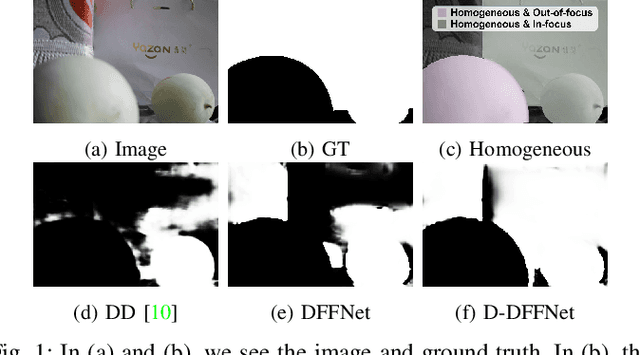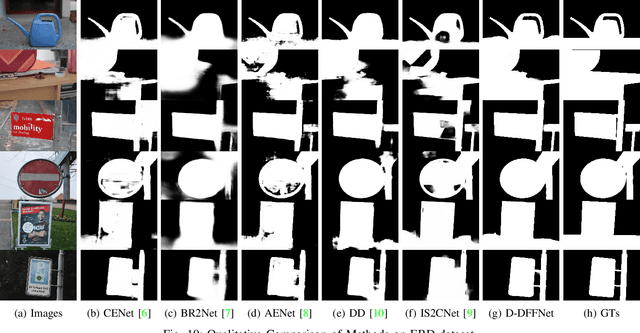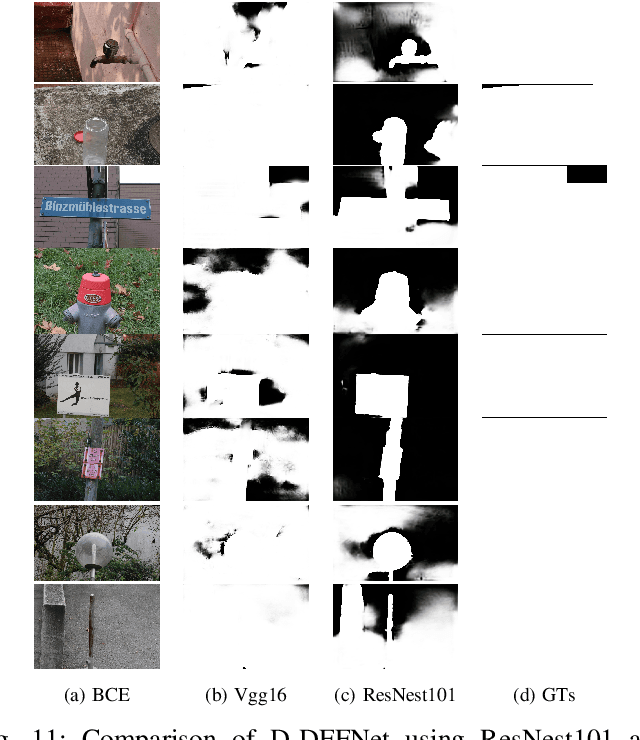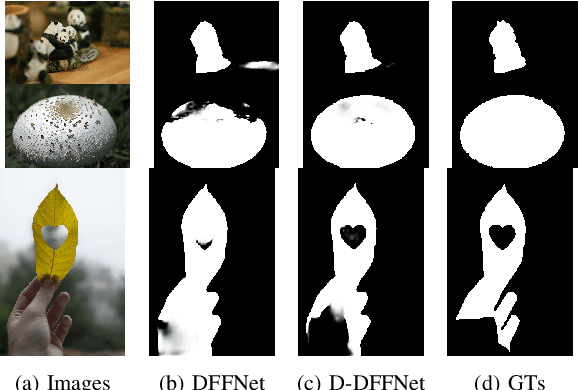Yuxin Jin
Zero-Knowledge Federated Learning: A New Trustworthy and Privacy-Preserving Distributed Learning Paradigm
Mar 18, 2025Abstract:Federated Learning (FL) has emerged as a promising paradigm in distributed machine learning, enabling collaborative model training while preserving data privacy. However, despite its many advantages, FL still contends with significant challenges -- most notably regarding security and trust. Zero-Knowledge Proofs (ZKPs) offer a potential solution by establishing trust and enhancing system integrity throughout the FL process. Although several studies have explored ZKP-based FL (ZK-FL), a systematic framework and comprehensive analysis are still lacking. This article makes two key contributions. First, we propose a structured ZK-FL framework that categorizes and analyzes the technical roles of ZKPs across various FL stages and tasks. Second, we introduce a novel algorithm, Verifiable Client Selection FL (Veri-CS-FL), which employs ZKPs to refine the client selection process. In Veri-CS-FL, participating clients generate verifiable proofs for the performance metrics of their local models and submit these concise proofs to the server for efficient verification. The server then selects clients with high-quality local models for uploading, subsequently aggregating the contributions from these selected clients. By integrating ZKPs, Veri-CS-FL not only ensures the accuracy of performance metrics but also fortifies trust among participants while enhancing the overall efficiency and security of FL systems.
Depth and DOF Cues Make A Better Defocus Blur Detector
Jun 20, 2023



Abstract:Defocus blur detection (DBD) separates in-focus and out-of-focus regions in an image. Previous approaches mistakenly mistook homogeneous areas in focus for defocus blur regions, likely due to not considering the internal factors that cause defocus blur. Inspired by the law of depth, depth of field (DOF), and defocus, we propose an approach called D-DFFNet, which incorporates depth and DOF cues in an implicit manner. This allows the model to understand the defocus phenomenon in a more natural way. Our method proposes a depth feature distillation strategy to obtain depth knowledge from a pre-trained monocular depth estimation model and uses a DOF-edge loss to understand the relationship between DOF and depth. Our approach outperforms state-of-the-art methods on public benchmarks and a newly collected large benchmark dataset, EBD. Source codes and EBD dataset are available at: https:github.com/yuxinjin-whu/D-DFFNet.
 Add to Chrome
Add to Chrome Add to Firefox
Add to Firefox Add to Edge
Add to Edge